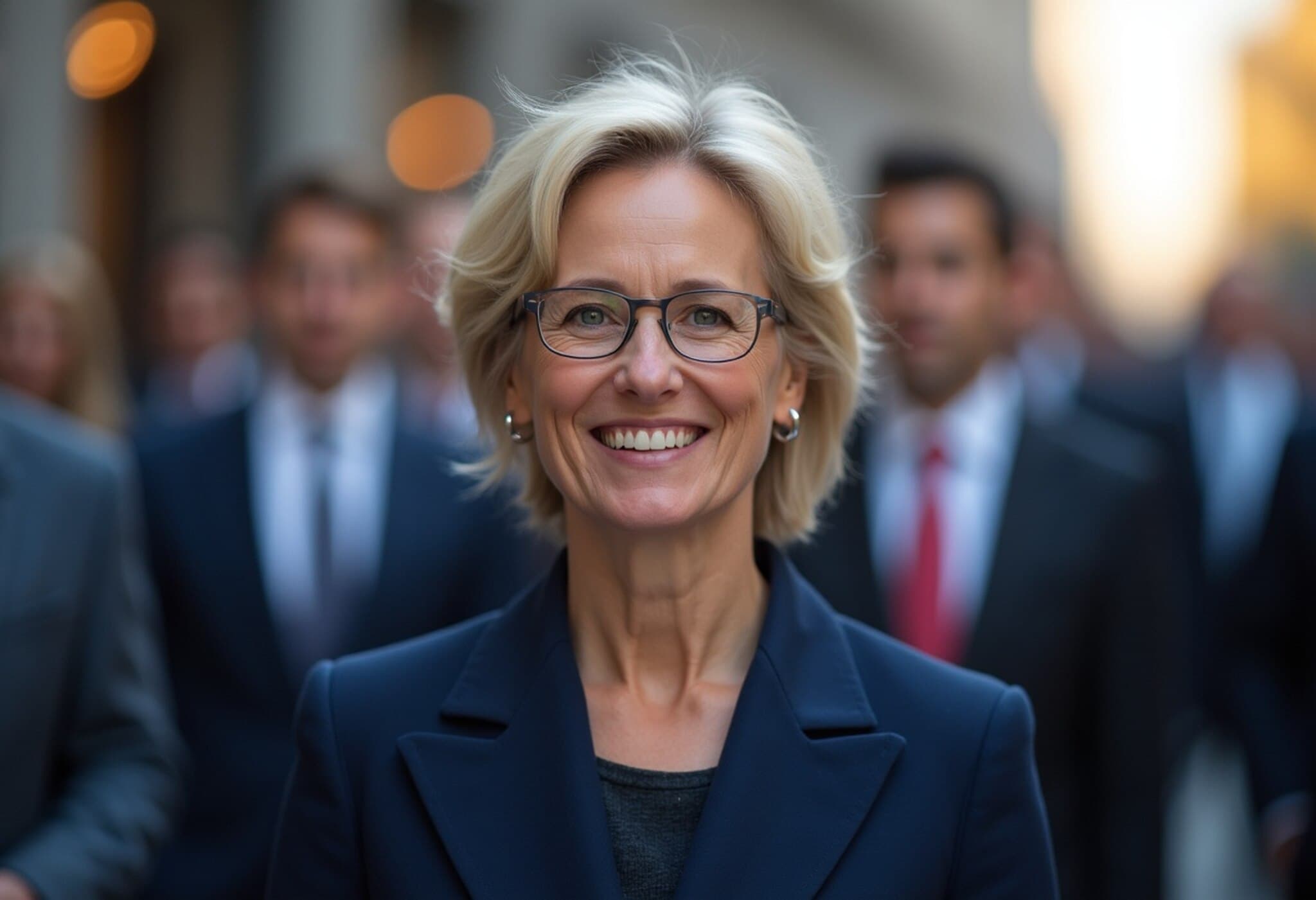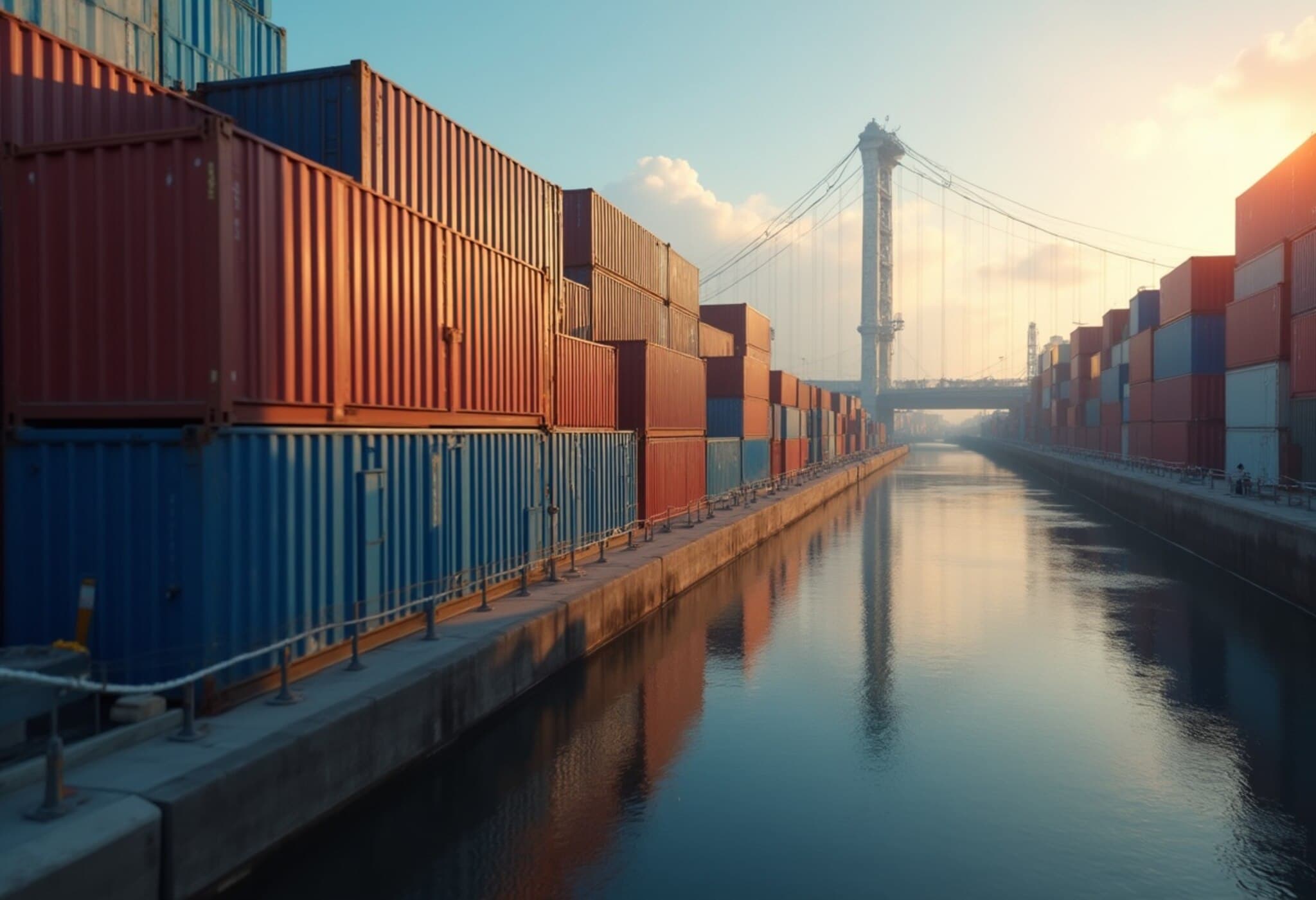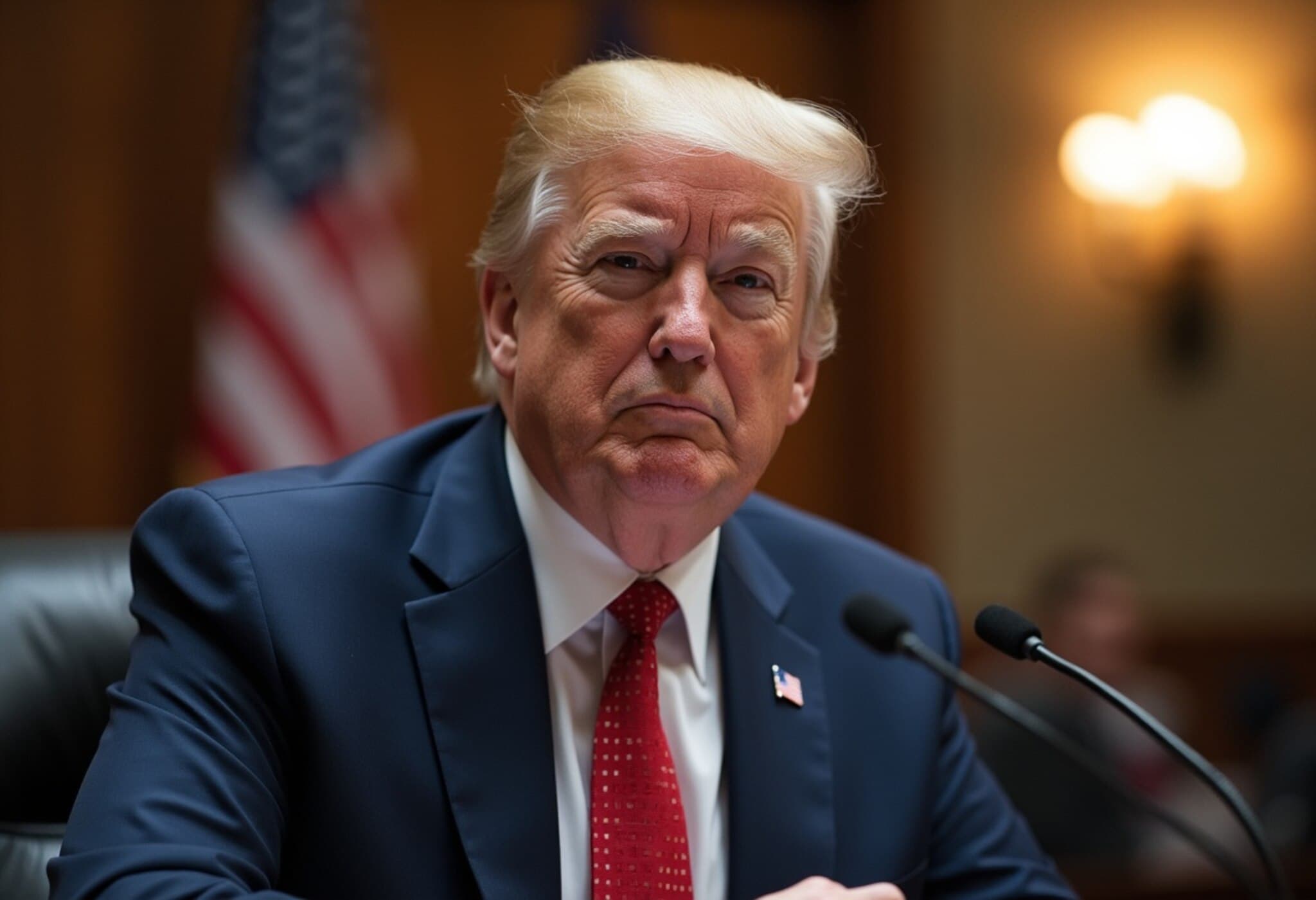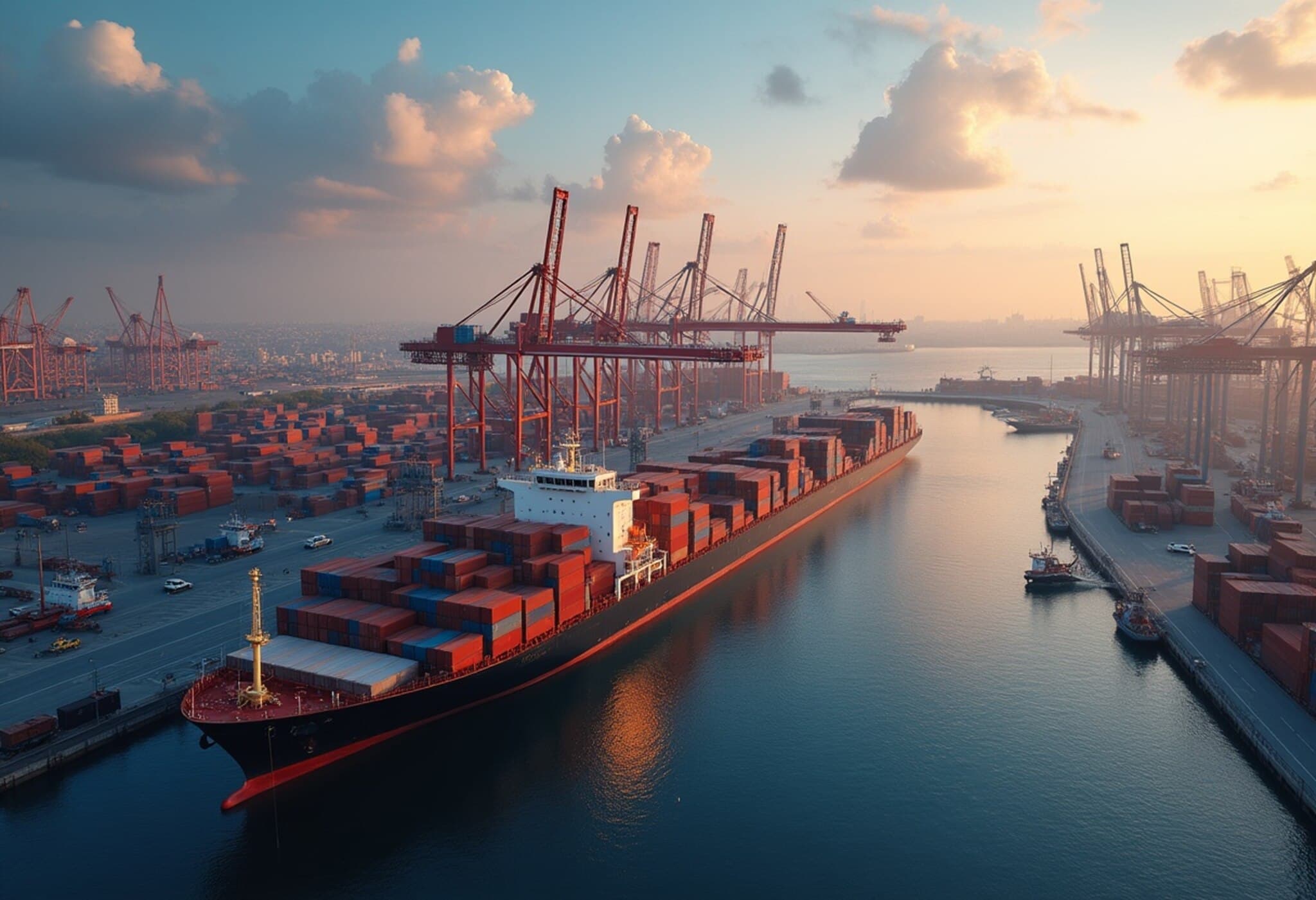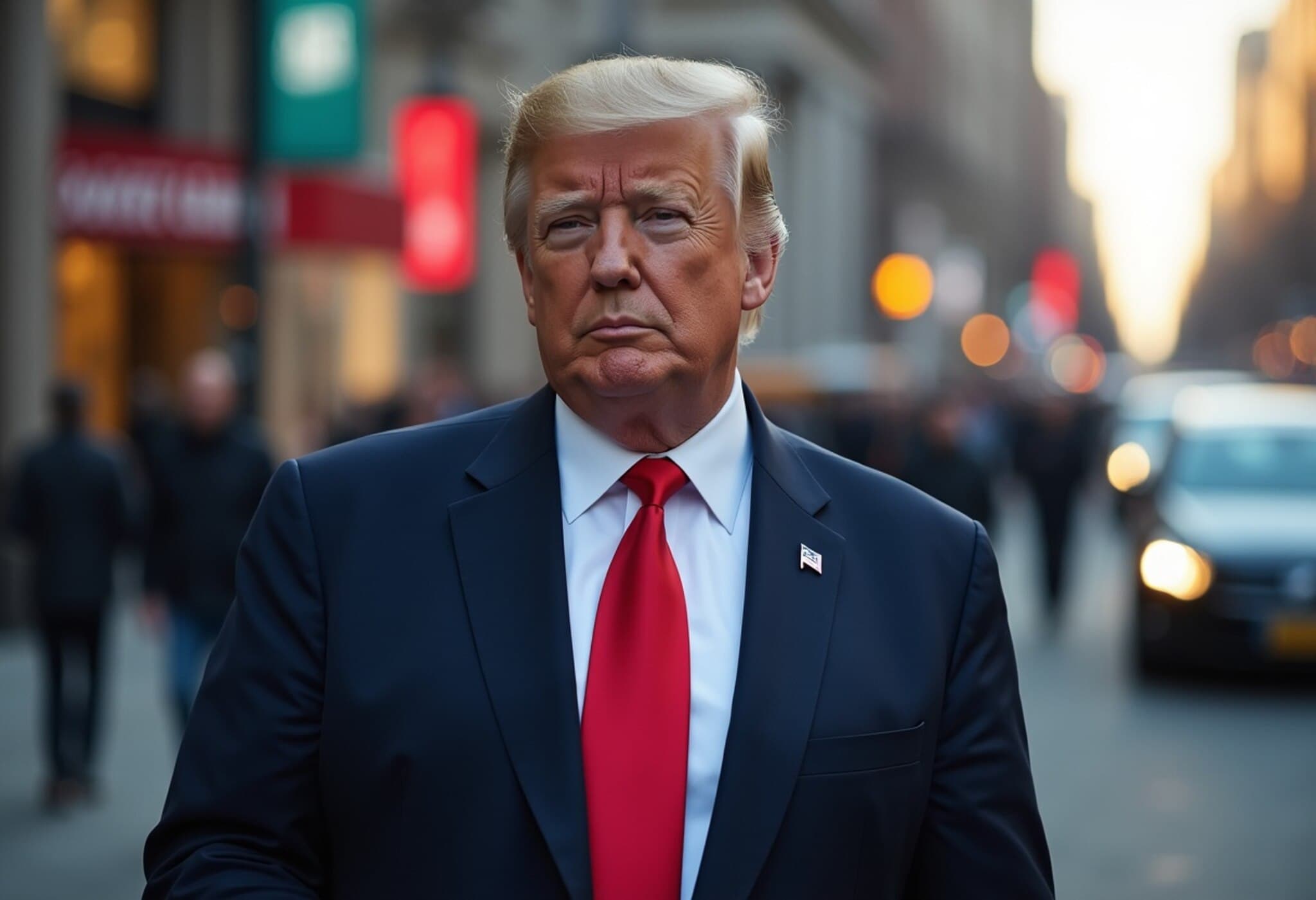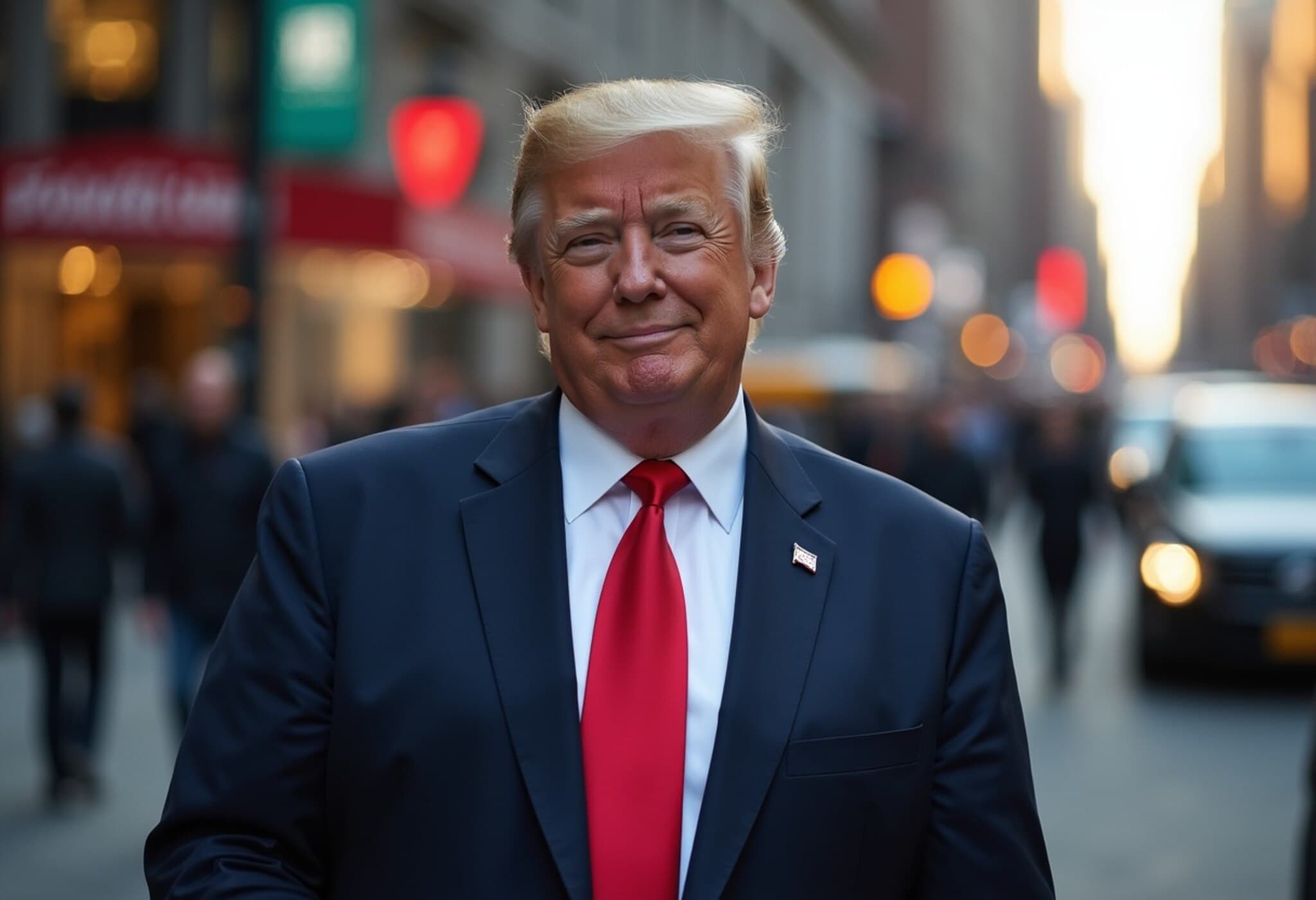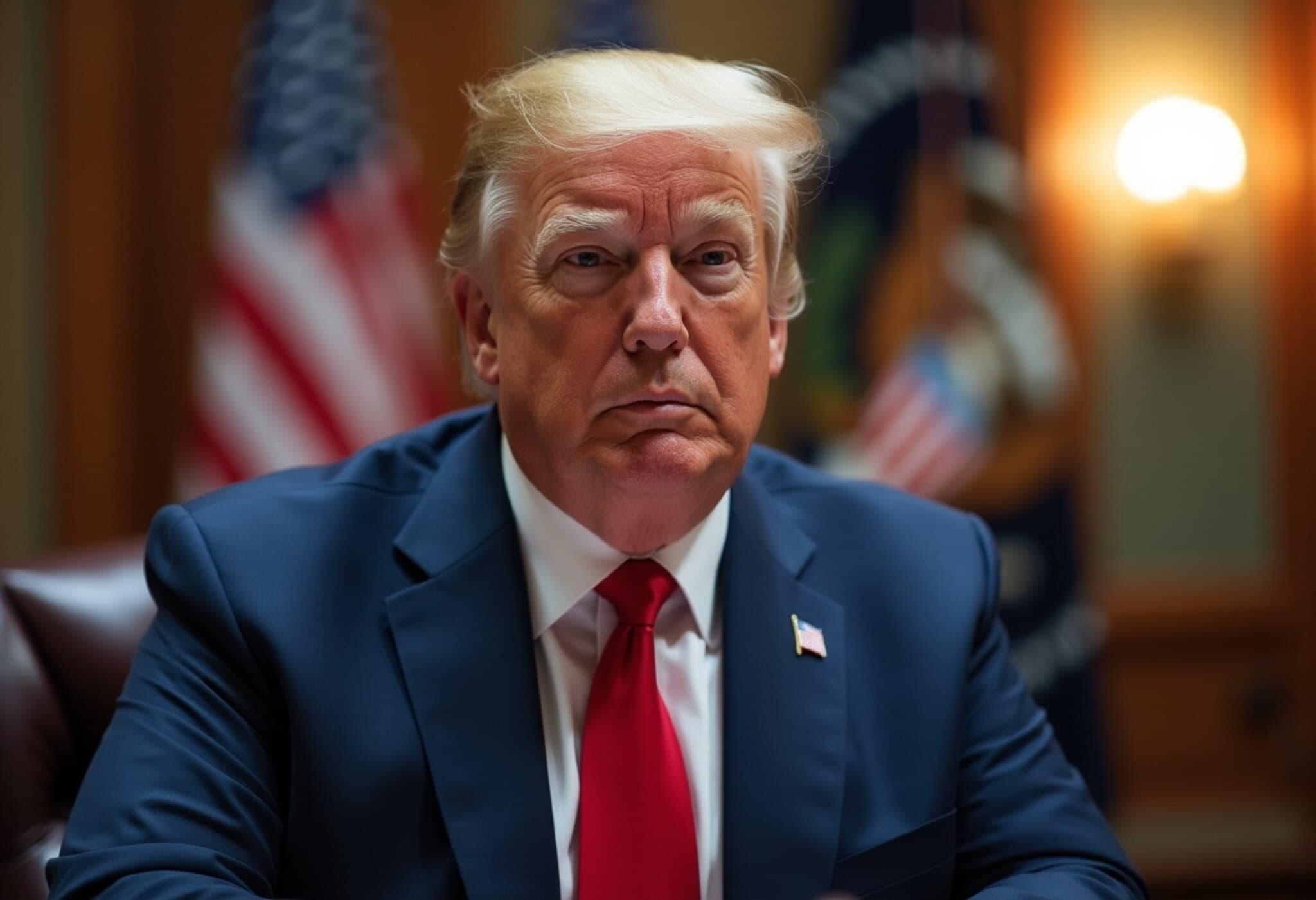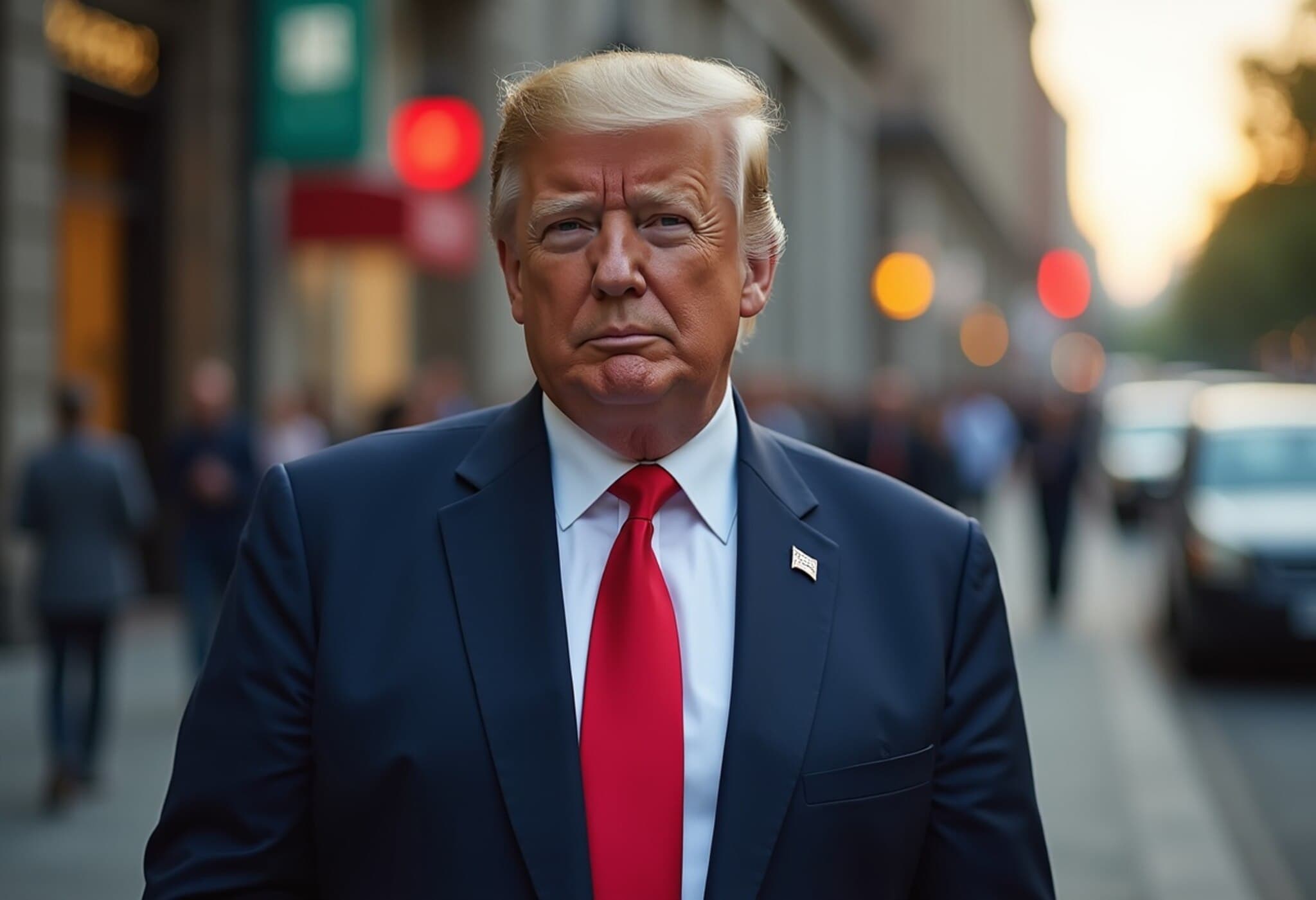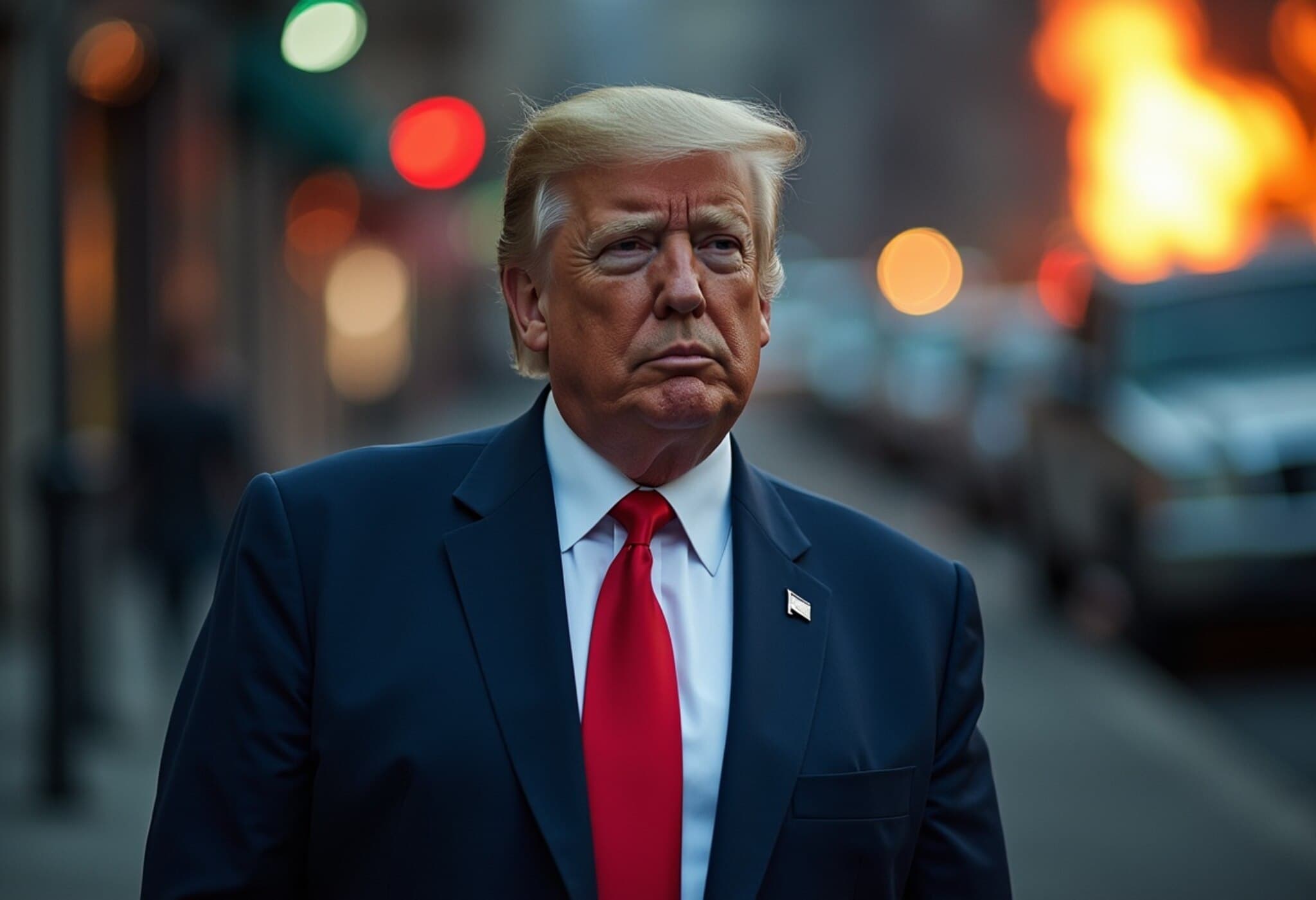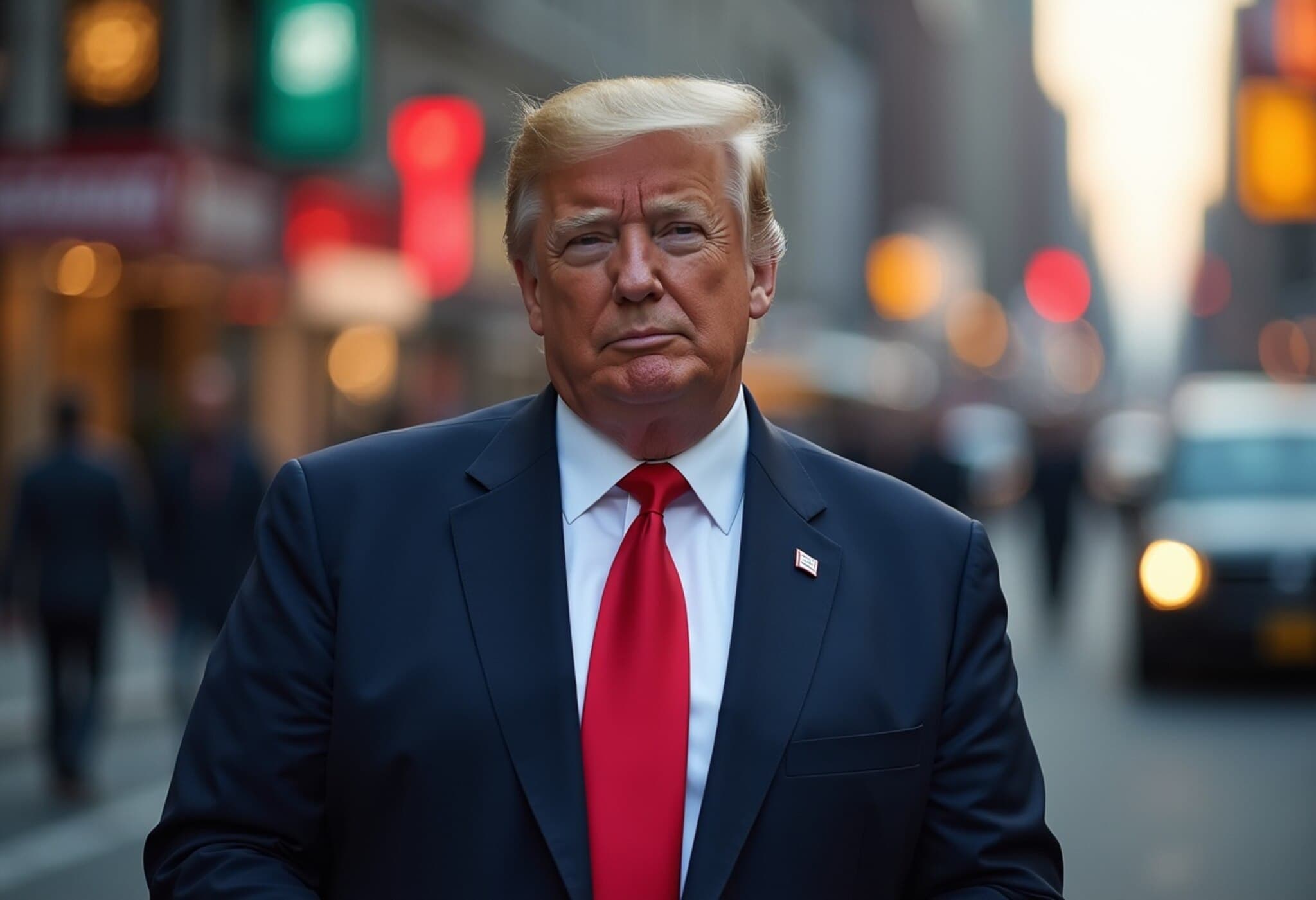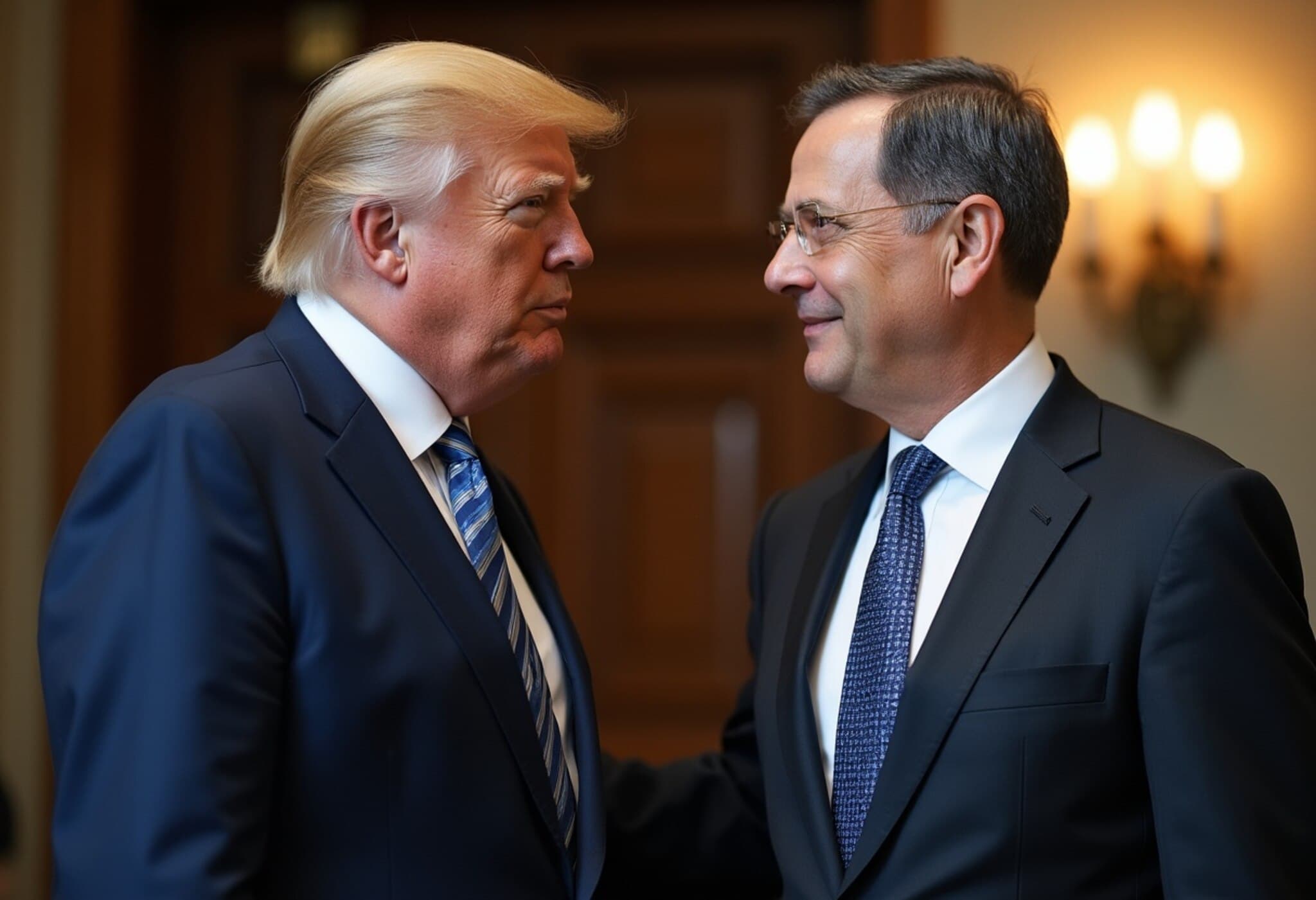Understanding the Latest US Tariff Measures
On July 10, 2025, former US President Donald Trump publicly defended his administration’s recent escalation of import tariffs, invoking a blend of economic reasoning and historical grievance. These tariffs, poised to take effect from August 1, 2025, target a diverse group of countries—including Brazil, the Philippines, Brunei, Moldova, Algeria, Libya, Iraq, and Sri Lanka—with rates ranging from 20% to 50%.
The Rationale Behind the Tariffs
During a press briefing, Trump described the method for establishing these tariffs as grounded in "common sense," emphasizing trade deficits and perceived unfair treatment of the United States over previous decades. He stated, “The formula was a formula based on common sense, based on deficits, based on how we've been treated over the years, and based on raw numbers.”
He singled out Brazil as an example, asserting it has been "not good" to the US economically, justifying a particularly steep 50% duty. Trump also added a critique on past administrations by claiming, "We never had anybody in the White House that understood the numbers or were into it like I have."
The Formula Explained: Dissecting the Tariff Calculation
While specific details remain complex, the core of the tariff determination relies on measuring the US trade deficit for physical goods with a country. The basic structure involved:
- Calculating the bilateral trade deficit for goods between the US and the country.
- Dividing this deficit by the total imports from that country.
- Applying a halving factor to that quotient to determine the tariff rate.
This approach underscores an attempt to proportion tariffs relative to the imbalance in trade, targeting countries with whom the US has pronounced deficits.
Expanding the Scope: More Countries and Higher Duties
Earlier in the week, Trump’s administration sent tariff notifications to 14 countries, including economic heavyweights like Japan, South Korea, and South Africa. Tariffs among this cohort range from 25% to 40%, further broadening the reach of the protectionist agenda. Now, with over 20 countries impacted, the administration is intensifying its campaign against what it calls "non-reciprocal" trade practices.
Why It Matters: US Economic Policy and Global Trade Impact
Trade deficits have long been a contentious issue in American politics. On one hand, supporters of these tariffs argue that they serve as corrective measures to unfair trade policies and aim to protect domestic industries. On the other hand, economists warn that such barriers can provoke retaliatory tariffs, disrupt global supply chains, and ultimately hike prices for American consumers.
This tariff strategy reflects a broader shift towards economic nationalism seen in recent years, where administration decisions prioritize perceived American interests over multilateral agreements.
Expert Insight: Evaluating the Long-Term Risks and Opportunities
Trade policy expert Dr. Linda Garcia notes, "Tariffs based on trade deficit numbers convey simplicity but often overlook the nuances of global supply networks and consumer demand. While this might benefit certain industries in the short term, it risks alienating trade partners and escalating into tariff wars that can harm US exporters and consumers alike."
Furthermore, the focus on 'non-reciprocal' trade practices raises important questions about fairness, but also about balance: Are the tariffs proportionate? Do they consider the intricate web of international commerce where goods cross multiple borders before reaching final consumers?
Looking Ahead: What to Watch for in US Trade Policy
- Implementation Effects: The actual economic impact beginning August 2025 – monitoring price changes and shifts in trade volumes.
- International Reactions: Potential retaliatory measures by affected countries, including those with significant bilateral trade ties.
- Policy Evolution: Whether these tariffs represent a permanent shift or a bargaining chip in broader trade negotiations.
Editor’s Note
This comprehensive tariff strategy underscores the ongoing tension between free trade ideals and protective economic policies designed to address trade imbalances. While President Trump frames the formula as grounded in "common sense," the global economy’s complexity challenges such an approach. For readers and policymakers alike, a critical question emerges: Can targeted tariffs reconcile America's trade deficits without triggering damaging trade conflicts? As the tariffs take effect, their ripple effects will reveal much about America’s future role in global commerce.


